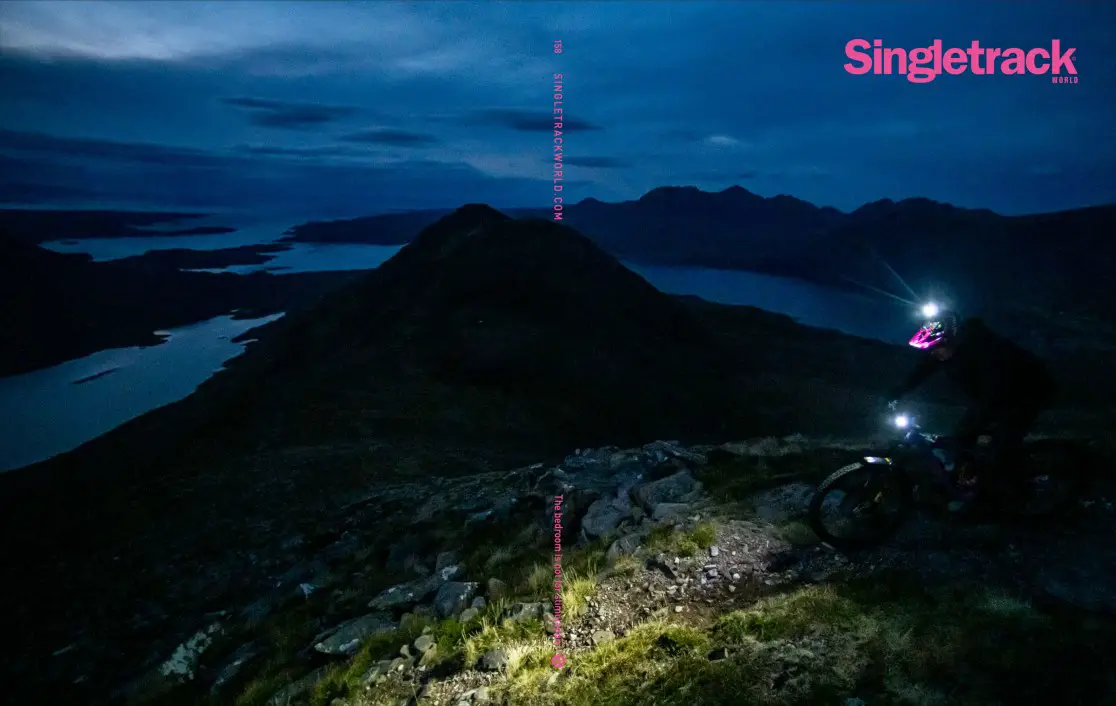a mix of OS 1:25k mapping, satellite view and geograph
same here, though I do try different satellite imagery, Bing as well as Google, as well as ESRI etc, as it does vary a lot in quality and resolution, plus I check gravelmap ( https://gravelmap.com/map#_=9.43/54.5957/-5.73) to see if it's a tried and tested route, and have a look as well at CyclOSM to see how the route has been 'classified'.
There s a lot of 'go ride it and see what it's like' talk which is fine.
While I do enjoy the whole, finding out what it's like when you're there type of riding, if I've driven for 2 hours and then ridden for 3, mostly uphill through sideways rain, I'd quite like to know whether the bridleway that I'm planning to descend a) exists and b) is enjoyable so I think this is a good idea and why I've started my own map based on stuff I've ridden.
I guess this is probably why Trailforks was started. A way to share local knowledge on trails.
The notes I make on my map are basically just there to remind me that I've ridden it and give some feedback as to whether its worth doing again.
All of this is just done on an OS map with multiple layers showing snippets of GPX routes and the odd way point.
I'd love to be able to compile it into an actual map so I could plan routes on said map. I think OSM would let me do it but haven't looked into it enough.
And would be very grateful for updates - please consider contributing some photos if you have not already.
Orienteering maps can be found on routegadget - it does require some knowledge of the clubs, so digging out a particular area is not always easy, but it is fun wandering around the site.
www.geograph.org.uk
Has photos linked to grid references for alot of the UK.
Its kind of mind blowing to me how much gatekeeping is going on here.
Which way?
I mean for new entrants, should they feel free to just explore maybe with a map maybe just a sense of adventure. Or should they feel obliged to sink £300+ into a bar mounted doodad plus a subscription to gradedandconditionmarkedtrails.com as well as Strava to get at the good heatmaps?
Because that's how some of them end up approaching it, seeing every bloody gadget and subscription service pushed as a must have when about as much detail as anyone might need can be found, mostly for free, and then you just have to embark on your little adventure and see how it goes.
Too much prior assurance just robs people of the opportunity for any real "discovery" . A detailed trail grading app sounds almost as 'gate-keepy' as trails reserved for 'those that know' all IMO of course.
A detailed trail grading app sounds almost as ‘gate-keepy’ as trails reserved for ‘those that know’ all IMO of course.
Quite. It feels like part of an ongoing, relentless, complexification and gizmoisation of everything around bikes. Eventually the bike will choose its own route and do the actual steering for you. And anyone who suggests that this is maybe not an entirely good thing will be accused of 'gate-keeping' 🙂
Having multiple track classifications is so nuanced and dependent on relative skill levels etc it might end up a dogs breakfast.
Trailforks already has a grading system, and it works fairly well.
However, one of the advantages of TF is that it tends to only get the trails that are worth riding added to it - so it's brilliant for turning up to a new area and finding the good stuff.
It might actually be a worse user experience to have every rubbish BW, BOAT etc. added as well. Though I'm sure that could be solved by the colour system or by filters actually.
Anyway, I've no real interest in bike gizmos, GPSs or electronics generally, but TF genuinely is a very handy tool for modern MTBing.
